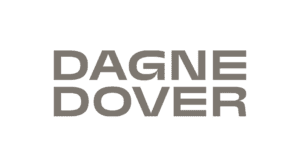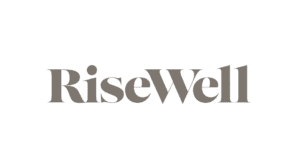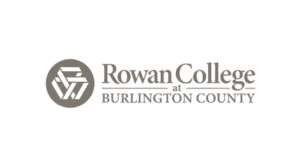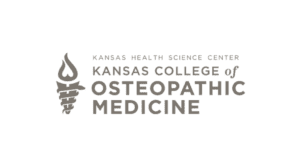How do you measure the success of an enrollment marketing campaign? The obvious answer is, “How many enrollments did we get?” and while that may be the ultimate goal, there are several other metrics to consider. A typical student enrollment journey involves multiple touchpoints including search, PPC ads, social media posts, and email campaigns. This path generates a ton of actionable data.
Used smartly, data helps higher education marketing professionals justify marketing efforts and prove the value of marketing to the stakeholders. However, it can be difficult to decide which metrics to focus on and a common mistake is to measure activity, not results. Anything that doesn’t translate into new inquiries, enrollments, or overall profit, we refer to as a soft goal. While these data points – including social media followers, page views, or comments – may look impressive on the paper, they are not hard goals that drive the business forward.
In this article we have listed the five best KPIs for higher education marketing professionals who want to run effective campaigns.
Student Enrollment Funnel
First, let’s take a look at the student enrollment funnel, or the admissions funnel. Often used by student recruitment and admissions professionals, it shows each stage a prospective student takes along the decision-making process from the initial stage when they first learn about your institution, to enrolling as a student. The purpose of marketing and admissions teams is to move prospects down the funnel, and provide useful content that reflects what prospects at each stage are looking to learn. While every stage of the funnel has its own marketing goals, they all share the same KPIs that track performance from top of the funnel to the bottom of the funnel.

1. Search Ranking
The value of SEO is often underestimated, however, looking at analytics of any website, organic traffic is usually the best converting channel. Getting on top of the search engine result page (SERP) is important because the higher your website ranks, the more prospective students will find your institution and land on your website, eventually increasing your enrollment. In fact, only 4.8% of searchers make it to the second page of search results, and only 1.1% to the third.
Track your institution’s position in search results, on domain and on individual page level, by using specific search queries you want to rank for. If your website is buried beyond the first page of search results, it’s time to do some optimization to increase your website’s visibility.
We recommend using tools like Google Analytics or SEMrush that offer tons of information about your website traffic, bounce rates, domain authority, conversions, backlinks and other important factors that contribute to your overall search ranking.
2. Click-Through Rates
As a higher education marketer, you probably use multiple channels to attract prospective students to your website or a landing page. A click-through rate (CTR) will tell you how many of the users who have seen your ad, email, social media post, or a website call-to-action (CTA), have clicked on your content. A high CTR typically indicates that you have done a good job with your website or landing page design, you have the right messaging that interests the user, or that you have reached the right audience with your ads or emails. Some of the most common reasons for low CTR are poor page optimization, misplaced CTAs, or wrong target audience.
3. Conversion Rates
We all love seeing our website traffic numbers spike, but what truly matters is the quality of that traffic. The best way to measure quality is looking at your conversion rates. It measures the percentage of visitors who have taken an action in comparison to the total number of website visitors. Depending on which stage of the funnel the visitor is, the desired action typically includes submitting a form for more information, downloading content, or registering for an event.
By tracking conversion rates you get information on the quality of your website content, your landing pages, and most importantly, the quality of traffic. We recommend to keep track of following KPIs:
- Traffic-to-Inquiry Ratio
- Inquiries-to-Enrollment Ratio
- Landing Page Conversion Rates
4. Cost Per Enrollment
Your marketing efforts did what they were supposed to and as a result, you have reached the desired number of enrollments. From there, take a few steps back and track the enrollment journey from a prospect to an enrolled student, with all the touchpoints, to measure how much you have spent on each enrollment. By breaking down the cost not only by program, but also by platform and by campaign will help you recognize how successful and profitable each activity is, and where you need improvement.
Some channels will carry higher conversion costs, whereas some have lower conversion rates. It is important to analyze both metrics and optimize your marketing efforts to cost per enrollment.
5. ROI
Last but certainly not the least, take time to calculate your marketing return on investment (ROI). ROI will help you identify how much revenue your marketing efforts have generated in comparison to the money you have spent. Whether measured holistically or on a campaign-basis, use ROI to justify marketing spend, analyze campaign success, and secure budget for future campaigns. A high ROI indicates success (and keeps your boss happy), whereas little return means it is time to adjust your strategy.
Knowing your marketing metrics will help you make better informed decisions with your enrollment strategy. Align the higher education marketing KPIs to your goals and measure them regularly to track the progress of your marketing efforts.
If you want to learn more about setting your goals and tracking KPIs, talk to our digital experts today.






















